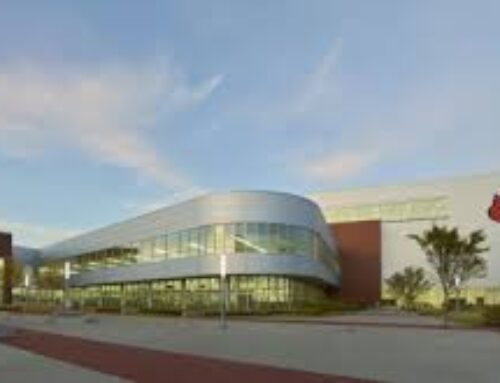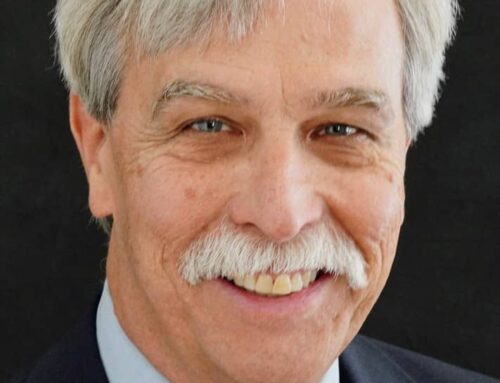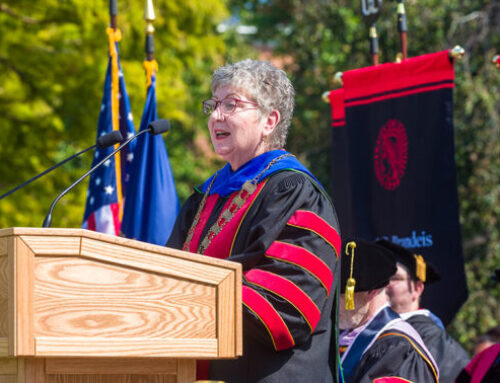The general attitude towards the recent ShermanMinton Bridge closing seems to be unanimous: “it stinks.” There are many consequences that come with the closing; some are obvious, some are not so obvious and not all are negative, but they all affect many local commuters and businesses. Some of the negative consequences include traffic backups of over six miles every weekday morning. For commuters in Indiana, this means setting the alarm at least an hour earlier than normal, then spending even more money on fuel as cars and trucks idle for an extra 45 minutes to an hour each day during that commute. For Louisville commuters, the effects are felt as well. The I-64 East ramp to I-65 at Spaghetti Junction has closed. Now drivers must reroute their commute to either I-71 or I-264 to I-65 to get to downtown or Indiana. And for drivers traveling north on I-65 in the afternoons, more traffic jams are in store for everyone trying to get back across the river as paths are limited to only two bridges, one of which is the smaller 2nd Street Bridge.
As far as the unforeseen consequences, there are plenty of those as well. Gas stations and restaurants in New Albany that rely on morning commuters for business now have empty stores and empty tables.
With everyone being forced to the John F. Kennedy Bridge, the volume of traffic through New Albany has significantly decreased.
The consequences can even be felt here at the University of Louisville as professors and students have been late or absent to classes due to the extra traffic caused by the bridge closing. However, there are some positives from this. The consequence from an unstable bridge would be much worse than any amount of traffic jams due to the closure. The I-35 bridge collapse in Minnesota in 2008 was an unfortunate tragedy that could have been prevented. The closing of the Sherman-Minton Bridge should be chalked up as preventative measures and as a step towards avoiding another catastrophe.
This preventative measure does pose a question. Why hasn’t this prevention been a routine?
The bridge was built in 1962 at a cost of $14.2 million. It seems that routine maintenance and inspection would be a no-brainer on such an expensive structure that transports thousands of lives across the Ohio River on a daily basis. It’s reassuring to know that the proper measures are being taken to ensure our safety, but it’s terrifying to think that the bridge has been in commission for nearly a half century with no real upkeep.
The other big issue the bridge closure brings into the limelight is the east end bridge project, or lack of. If this doesn’t make it evident how necessary an east end bridge is, it will never happen.
Bridge closures aren’t aneveryday occurrence, but this shows how useful an alternative route across the Ohio River would be.
The Sherman- Minton Bridge closing is unfortunate, but the main thing to remember is that this is the lesser of two evils; morning commutes in excess of an hour are very frustrating, but they are nothing compared to the ultimate consequence of an
unattended bridge.





